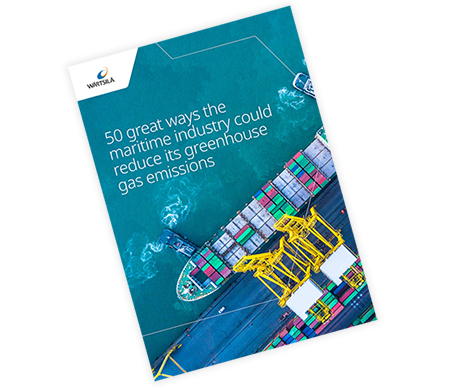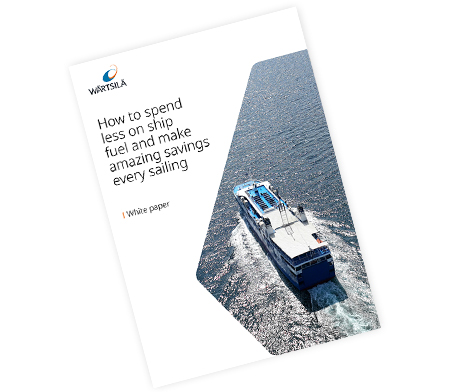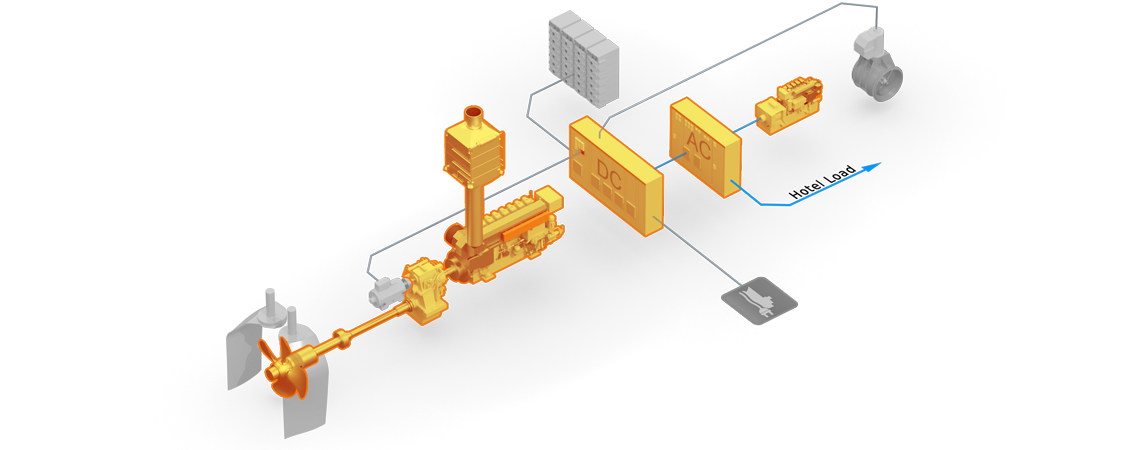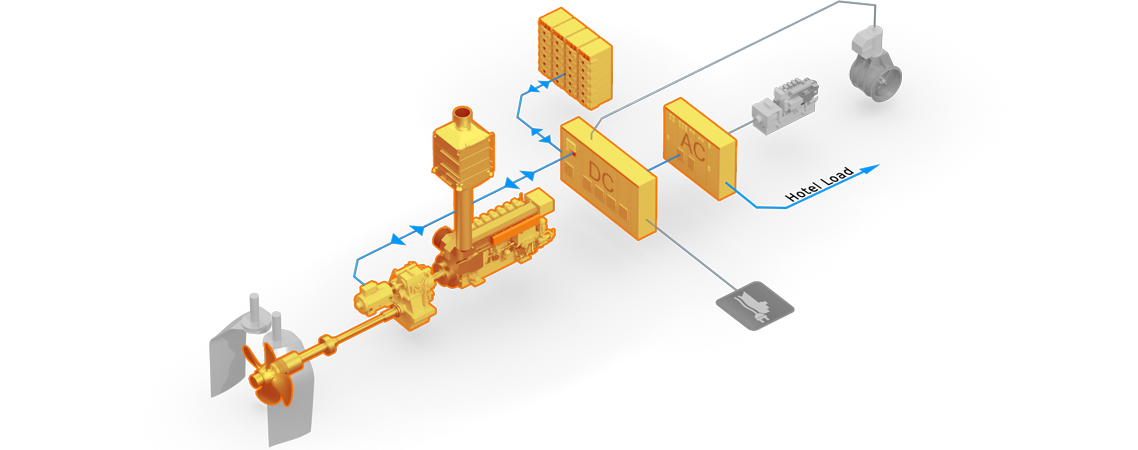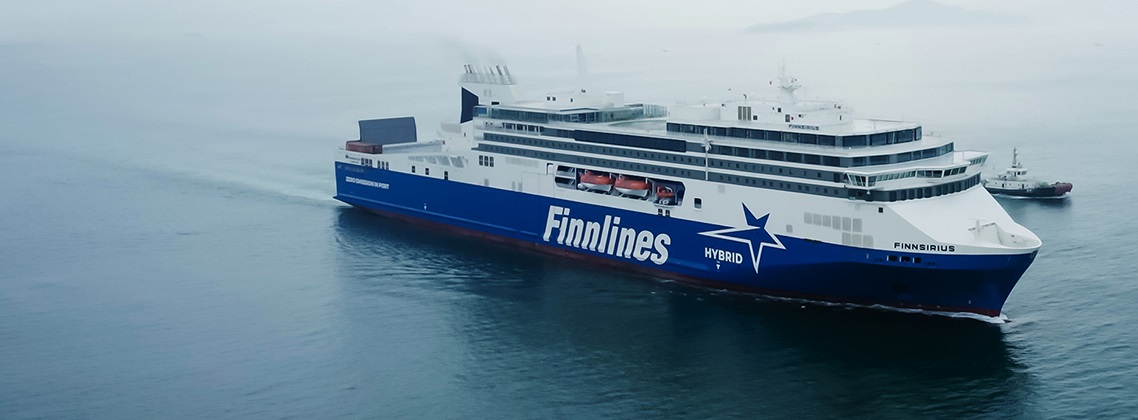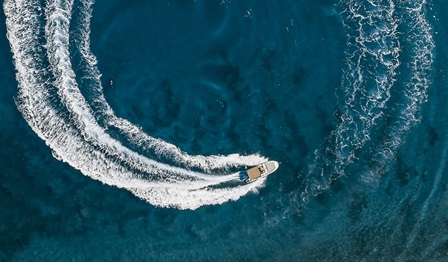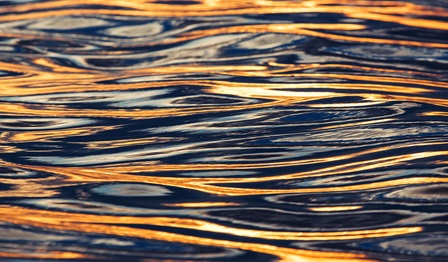

How to optimise fuel consumption with hybrid marine solutions
What is a hybrid marine system?
A hybrid system on a ship combines an energy storage system – a vessel battery - and a conventional engine. Its foremost benefit is that it allows the engine to run on optimal load because the battery will absorb many of the load fluctuations and acts as spinning reserve. This saves fuel and reduces GHG emissions. Overall, the ship will perform better and its engines will stay in better shape, which reduces the need for maintenance. The Wärtsilä hybrid/battery systems also help you meet the most stringent environmental codes.
The Wärtsilä HY is suitable for applications in a variety of segments, including offshore vessels, tugs, ferries, and merchant vessels, as well as for retrofits of existing installations. Watch the video to see how some of our customers have benefited from Wärtsilä HY.
The Wärtsilä HY is a market-leading hybrid marine solution, available for newbuilds and as a retrofit for existing vessels. The retrofit option introduces a HY Module, which optimises the use of auxiliary engines. Their running hours will be reduced, which saves fuel.
The hybrid system can be a component in a “free power-source” installation – for example with photovoltaic cells or wind assisted propulsion.
The use of hybrid technology and the increasing number of hybrid ships is central to achieving a cleaner, safer, more efficient, and profitable future.

Hybrid solutions offer many ways to reduce emissions
Hybrid ships offer many ways to reduce greenhouse gas emissions. You will find four of them in a fascinating eBook “50 great ways the maritime industry could cut its greenhouse gas emissions”. Learn more:
Wärtsilä HY at a glance
Wärtsilä HY consists of specifically engineered components – the engine, power drives, and the energy storage system also with optional fuel cells. Its “brain” is the Energy Management System EMS, which controls the flow of energy between different power sources.
In Wärtsilä HY, all hybrid propulsion components work together optimally, in unison. This is why Wärtsilä HY delivers superior levels of integration and control, compared to solutions which only add an energy storage to the propulsion system.
A hybrid ship with Wärtsilä HY can operate in different modes and thus respond to the changing conditions in an optimal way. Its flexibility allows it to save fuel, and its overall performance is better as well.
Which ships can adopt Wärtsilä HY?
The Wärtsilä HY is suited for both diesel-mechanical propulsion and diesel-electric propulsion.
Vessels of all kinds can benefit from this hybrid solution, including
- ropax ferries
- ferries
- shuttle tankers
- platform supply vessels (PSVs)
- tugs
- mini-bulkers
- bunker vessels
- PCTCs (pure car and truck carriers)
- fishing boats.
Wärtsilä will configure and set up the hybrid propulsion system according to each vessel’s operating profile.

Could a hybrid solution benefit your vessel?
This white paper reveals real-world cases examples that prove the amazing benefits of hybrid. It will help you decide if hybrid is a good choice for you.
Discover a clear pathway to greater fuel efficiency, lower operational costs and a more sustainable vessel.
Energy Management system – the intelligent core
The Energy Management System EMS integrates and controls the hybrid propulsion components in the vessel. It is the “brain” and the intelligent core of Wärtsilä HY. The EMS makes sure that the power system works in an optimal way. It also safeguards the battery lifetime because it will not charge or discharge it over the allowed limits.
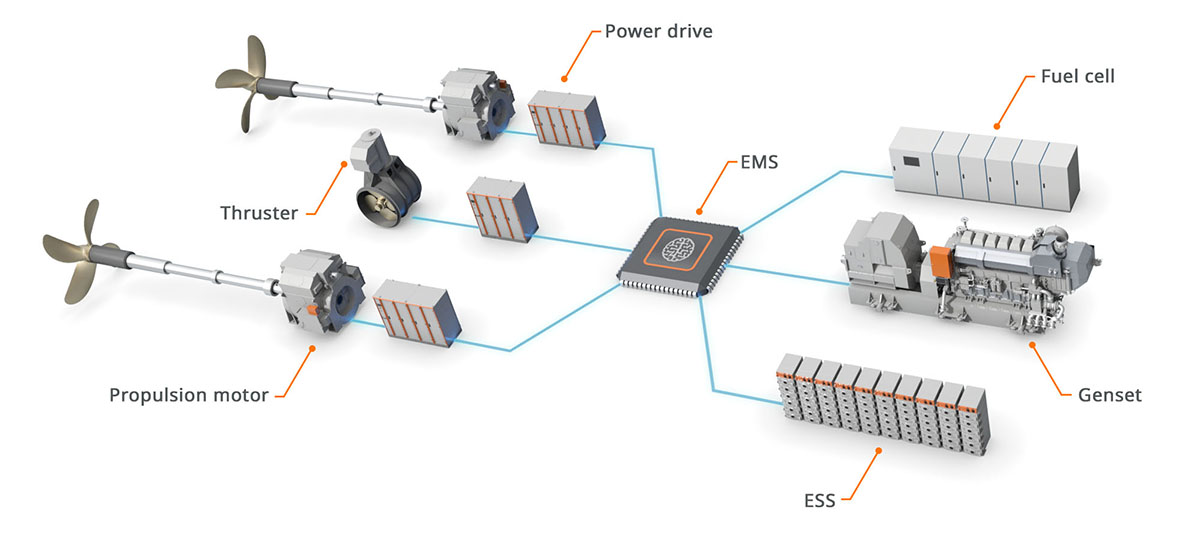
The following are examples of the key role that EMS has in the optimal operation of the hybrid ship:
Spinning reserve. It may be necessary to run an additional genset for safety reasons, for example in Dynamic Positioning mode, in manoeuvring or in confined waters. The battery can serve as spinning reserve instead, replacing the additional genset, which would usually be running at low load.
Green mode with zero exhaust emission. When the vessel operator selects this mode, the EMS makes sure that all power will come from the energy storage system (the vessel battery). This will continue until the battery level reaches its pre-set minimum.
Start-and-stop. When the engines are operating at low load, the EMS ensures that all power for propulsion will come from the energy storage system. This will continue until the battery level reaches its pre-set minimum. When that happens, the EMS automatically re-activates the engines. The engines provide the propulsion power to the vessel and they also re-charge the vessel batteries.
Instant load taking. It may happen that instant load is needed from the engine – only it cannot respond quickly enough, or the instant load will strain the engine which means higher maintenance costs later. Instead of straining the engine, the EMS can bring the battery in to take the load until the engine has ramped up. Because the battery is always on, it will deliver full power in milliseconds.
Cold system start-up. The ship will start with the power stored in the vessel battery. It is ready to go right away because it will not have to wait for the engines to warm up.
Peak shaving. When there is load fluctuation, the energy storage system will complement the engines. The engines can continue operating at stable load.
Power boost. The propulsion system will get a power boost when both the engines and the batteries supply power at the same time.
Automatic power backup. Emergency backup algorithms in the EMS control the built-in backup power sources. The EMS will bring them into use automatically when needed. This makes the ship’s operations safer also in exceptional situations.
Charging. The EMS controls that the battery will charge at its allowed C rate. This safeguards the lifetime of the battery.
What are the operating modes of a Wärtsilä HY hybrid ship?
A hybrid ship with Wärtsilä HY can operate in different modes and thus respond to the changing conditions in an optimal way. Its flexibility allows it to save fuel, and its overall performance is better as well.
Operating modes
Short Sea Shipping - Landing page
Expand all

Wärtsilä HY - the future of propulsion
Wärtsilä HY includes many built-in redundancies. They make it possible for the engine to operate close to its optimum design point – much better than in a conventional solution. Because the engines operate optimally, there are less emissions.
Even when the load on the engines varies, the EMS can optimise their energy supply. This saves fuel and improves the overall performance of the vessel.
Wärtsilä HY has proven to deliver up to 25% annual fuel savings.*
* The actual figure depends on vessel type and its operating profile.
One of these could be the optimal hybrid marine solution for you
The following are two examples of hybrid solutions for small merchant vessels.
Option 1. Hybrid-mechanical CPP
The hybrid-mechanical Controlled Pitch Propeller is teamed with energy storage and shore connection. The power is provided by alternative fuels. The resulting set-up integrates the propulsion system and electrical distribution.
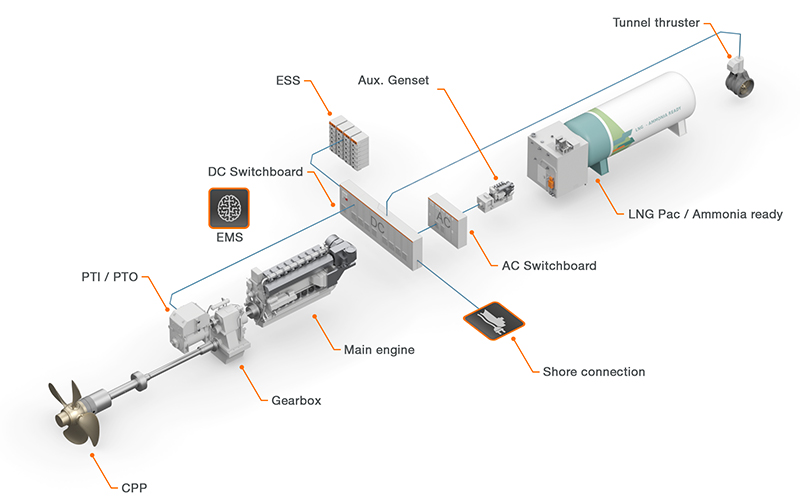
Option 2. Hybrid-electric FPP
The hybrid-electric Fixed Pitch Propeller teamed with energy storage and shore connection. The power is generated from alternative fuels. This set up is suitable for a direct-driven FPP with large, permanent magnet motors.
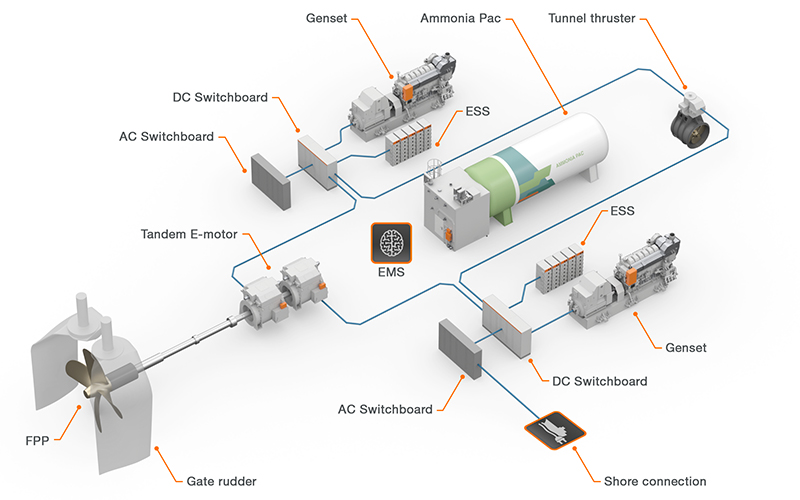
Which kind of batteries and fuel cells should be used in Wärtsilä HY?
Three types of batteries used in automotive and energy markets are suitable for marine use:
- NMC (Nickel-Mangan-Cobalt)
- LFP (Lithium-Ferro-Phosphat)
- LTO (Lithium-Titan-Oxid)
All three have their strengths and weaknesses. Wärtsilä experts will select the most suitable type for each vessel application – in the same way they select the other electrical components such as power drives, generators, motors, and transformers.
There is currently one suitable fuel cell type for marine use: the PEM (Proton-Exchange-Membran) fuel cell. PEM fuel cells are practical for vessels that run on hydrogen fuel. Using a PEM fuel cell together with other alternative fuels will require a reformer, and that will bring the efficiency down to the level of a regular combustion engine, bringing no benefits.
The Solid-Oxide Fuel Cell (SOFC) technology is under development for marine applications. This is a promising technology because it will be able to use alternative fuels like methanol and ammonia.
Examples of hybrid marine applications
Discover the benefits others have already gained from choosing Wärtsilä HY. Hybrid bulkers, hybrid cruise ships and yachts, hybrid dredgers, hybrid offshore vessels, and hybrid tugboats.
Hybrid ferries
Combine and optimise the Wärtsilä HY with the best picks from Wärtsilä’s portfolio of propulsion solutions, and you can get an ideal solution for ferries. The solution is quiet and decreases emissions, which will please the communities located near ferry ports. Passengers will appreciate the quieter ferry engines and the reduced vibration and smoke.
In fact, the hybrid solution allows the engines to be switched off near the port or on short routes. The ferry will operate quietly and without smoke – and retain its excellent manoeuvring performance. There will also be significant fuel savings and less need for maintenance.
Zero-emission operation – the green mode – includes
- diesel mechanic propulsion
- two main propellers
- stern thrusters
- rapid, wireless charging of the energy storage system.
The estimated payback time for such a configuration is only around four years, depending on the price levels of fuel and shore power.
Hybrid bulkers
The HY Module for Bulkers is a compact, containerised solution including an energy storage system. Its EMS will optimise the power production and consumption onboard. For example, is possible to integrate extra sources of energy such as solar panels into the EMS. The extra energy can then be fed into the grid as auxiliary power.
Place the container on deck and you will save space. Installation will also be possible without drydocking.
This hybrid marine solution can cut your vessel’s emissions by up to 4%. Choosing the HY Module for Bulkers can help you stay compliant with regulations – and secure a more profitable future for your business.
Hybrid solutions for newbuild bulkers. Learn how newbuild bulkers can navigate the decarbonisation challenges ahead on the Solutions for short sea shipping page.
Brochure: Wärtsilä HY Module for Bulkers
Wouldn’t you like to ensure compliance and secure a more profitable future?
Download this leaflet to learn more about this solution that could cut your emissions by up to 4%.
Hybrid solutions – explained in less than 3 minutes
Watch this video and you will know the essentials of the technology at the core of hybrid marine solutions.
What about services?
To meet your evolving needs, Wärtsilä’s field service can support you no matter where your assets are located, helping you achieve significant savings in operational costs. Take a look at the services portfolio to see how we can assist you.
Optimal performance for your hybrid system
Keeping your hybrid power system in top condition is essential, and Wärtsilä is here to help. By partnering with us through a Lifecycle Agreement, our experts will assist you in planning, preparing, and executing maintenance.
Our dedicated team ensures seamless operations, starting with meticulous maintenance planning. We coordinate spare parts and ensure a skilled maintenance workforce is available to perform the work with top quality. With AI-powered solutions and predictive analyses, combined with expert knowledge, we ensure the optimal performance of your vessel.
A Lifecycle Agreement with Wärtsilä provides true peace of mind, allowing you to focus on your core operations while we take care of the rest. Discover more about how we can support you.
Webinars related to hybrid solutions
Explore what you need to know about hybrid marine solutions. Register now! Or catch up on webinar recordings.
Related solutions
Important insights
Discover these hand-picked articles to learn about the many aspects of hybrid marine solutions.
Latest news related to hybrid marine
Take your easiest step towards decarbonisation with hybrid solutions – get in touch and let’s discuss your needs and options!
